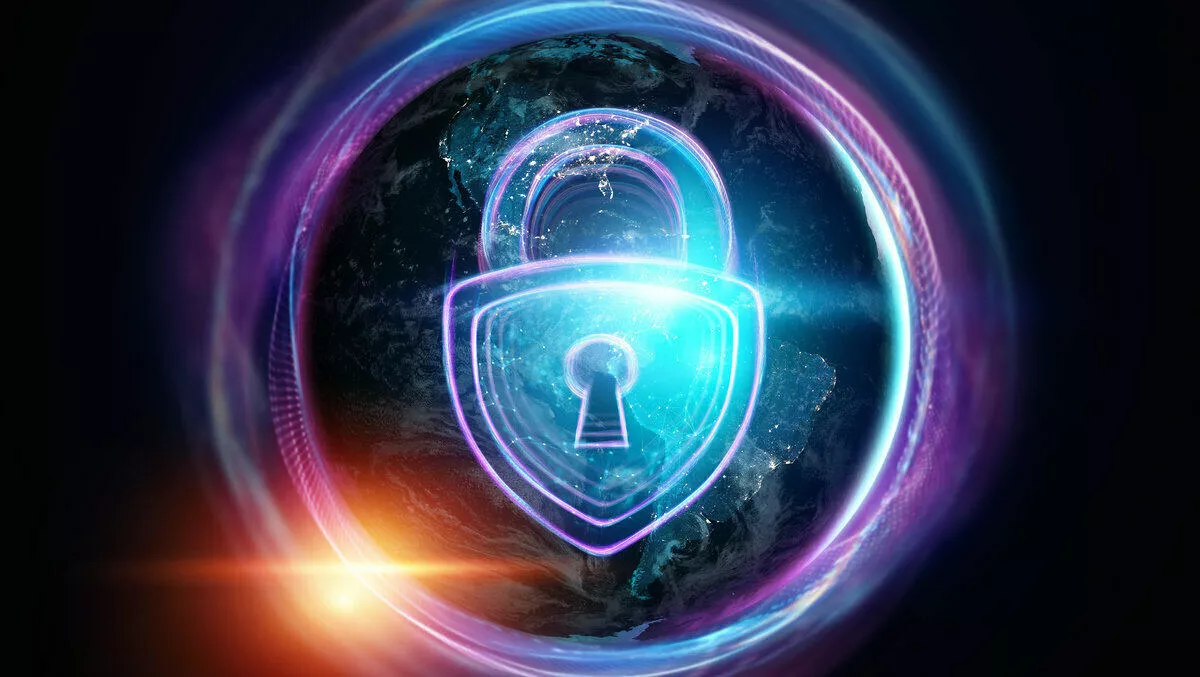
How to level up Australia’s cybersecurity productivity – CrowdStrike
Article by CrowdStrike ANZ Managing Director Brett Raphael
The recent report from Australia's Productivity Commission is a sobering revelation of a productivity crisis unfolding.
The Productivity Bulletin showed that productivity levels in Australia have been declining in key industries since 2013, falling behind global peers.
Solving this situation will require broader reforms for government, business and the community. But how can we ensure this trend doesn't seep into the enterprise cybersecurity programme, and how do businesses ensure they stay secure and protected and risk even worse productivity due to malicious cyber attacker activity?
Too much noise, not enough visibility
A lack of visibility is one of the biggest barriers that businesses need to overcome to improve and develop an effective security strategy.
A security team is only able to respond to what they can see, meaning they're at risk if they don't have a full picture of their environment.
Bad actors prey on weak systems and can easily hide when a network is overly noisy.
Even those without a cybersecurity background can appreciate the complexity of the IT system, and how hard it can be spotting odd behaviours or indicators of attack that may show an intruder in the system, or a malicious threat taking action against company data, users, or funds.
When choosing a cybersecurity solution, it's easy for businesses to select an offering which over-notifies the security team.
Better to be safe than sorry, many would say.
While visibility is key, notification overload can not only impact security team productivity levels, it can lead to network blind spots of real malicious activity.
The best way to ensure this doesn't become the team's downfall is to use a solution which gives a digestible dashboard which tracks any suspicious activity on the network and shows detail and context on each possible threat.
This allows teams to understand the bigger picture and what the health of the system should be.
Automation is key
The Productivity Commission report suggests that improving the adoption of new digital technologies offers the opportunity for Australia to narrow the productivity gap with global leaders.
Automated solutions which harness behavioural analytics and machine learning are a must-have when trying to keep productivity levels high.
Letting automation take the strain can help reduce some of the pressure on security teams, ensuring the repetitive, tedious aspects of the job can be done correctly and in-line with company policy.
It gives security teams the time to deal with those issues that need an educated eye and a human response to understand and remediate.
Next-generation solutions have the analytical power to discover both the known threats and recognise unknown threats by their behaviours.
This should be the beating heart of every security team as the wide range and quantity of emerging threats can easily topple teams into panic mode as disaster strikes.
An intelligent solution performs initial legwork so that security teams can focus on the edge cases, the novel, and the truly unexpected - bringing human ingenuity to bear on the situation.
By leveraging next-generation security solutions, teams can track suspicious behaviour and eject malicious actors before they have a chance to damage, steal or disrupt the network.
It's a wise choice to consider the cloud element.
Some solutions train their AI and machine learning automation on huge data-sets of normal and abnormal enterprise activity - understanding what real users do, how company administrators use their privileges, and therefore what a new kind of threat looks like when it diverges from the usual parameters.
The power of the cloud offers massive scalability in training solutions, as well as considerable power crunching customer data at pace, meaning that a business can achieve better protection, faster, through the cloud rather than purely on-premise, as their business grows.
Working against the clock
Using the tools above will ensure security defences are at a high, however, timing is key for any security team to be proven productive.
Teams must be able to quickly report and secure their next work against threats in real-time. The productivity 'grail' is to stand by the 1-10-60 rule.
This is where security operations teams aim to detect malicious intrusions in under one minute, understand the context and scope of the intrusion in ten minutes, and initiate remediation activities in less than one hour.
Quick turnarounds are not only good for the security and protection of the business, but this practice also helps instil a culture of productivity which all security teams should be seeking to maintain.
An ambitious cybersecurity vision requires greater productivity
Australia has the opportunity to strengthen its local cybersecurity sector and achieve greater economic prosperity.
As outlined in AustCyber's Cyber Security Roadmap 2018, cybersecurity will serve as not just an enabler for Australian businesses to excel on the world stage but also as a pillar of economic growth.
It is an ambitious vision but one that the industry can collectively contribute to, by committing to greater productivity in cybersecurity.
Businesses can start by ensuring their own teams have the correct tools they need to be productive and efficient.
These tools will give teams time, as the second a breach is detected it is a countdown to how much an adversary can damage, destroy or steal while moving laterally through the network.
By deploying the 1-10-60 rule, a business ensures that minimum damage is done and productivity stays at a high level.

